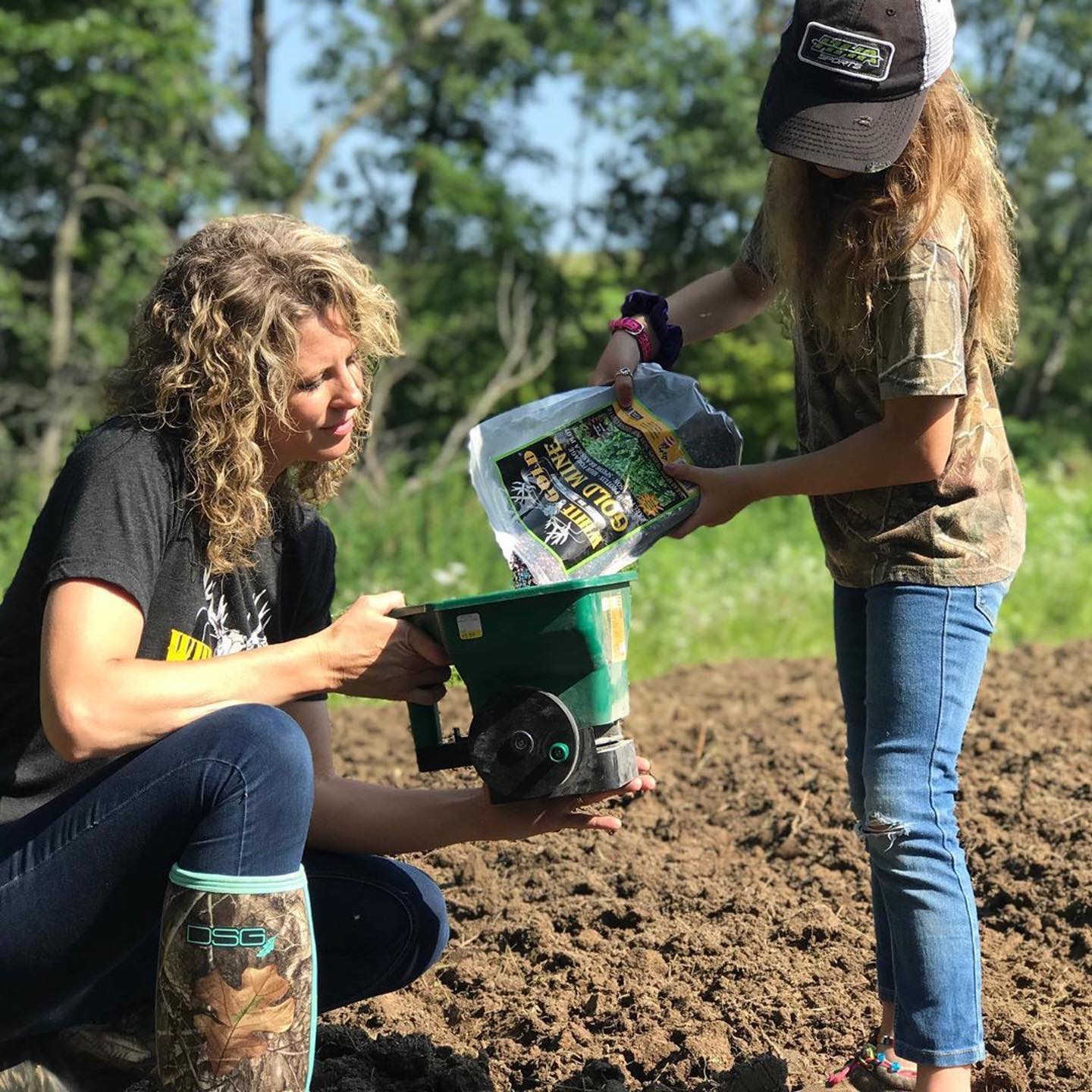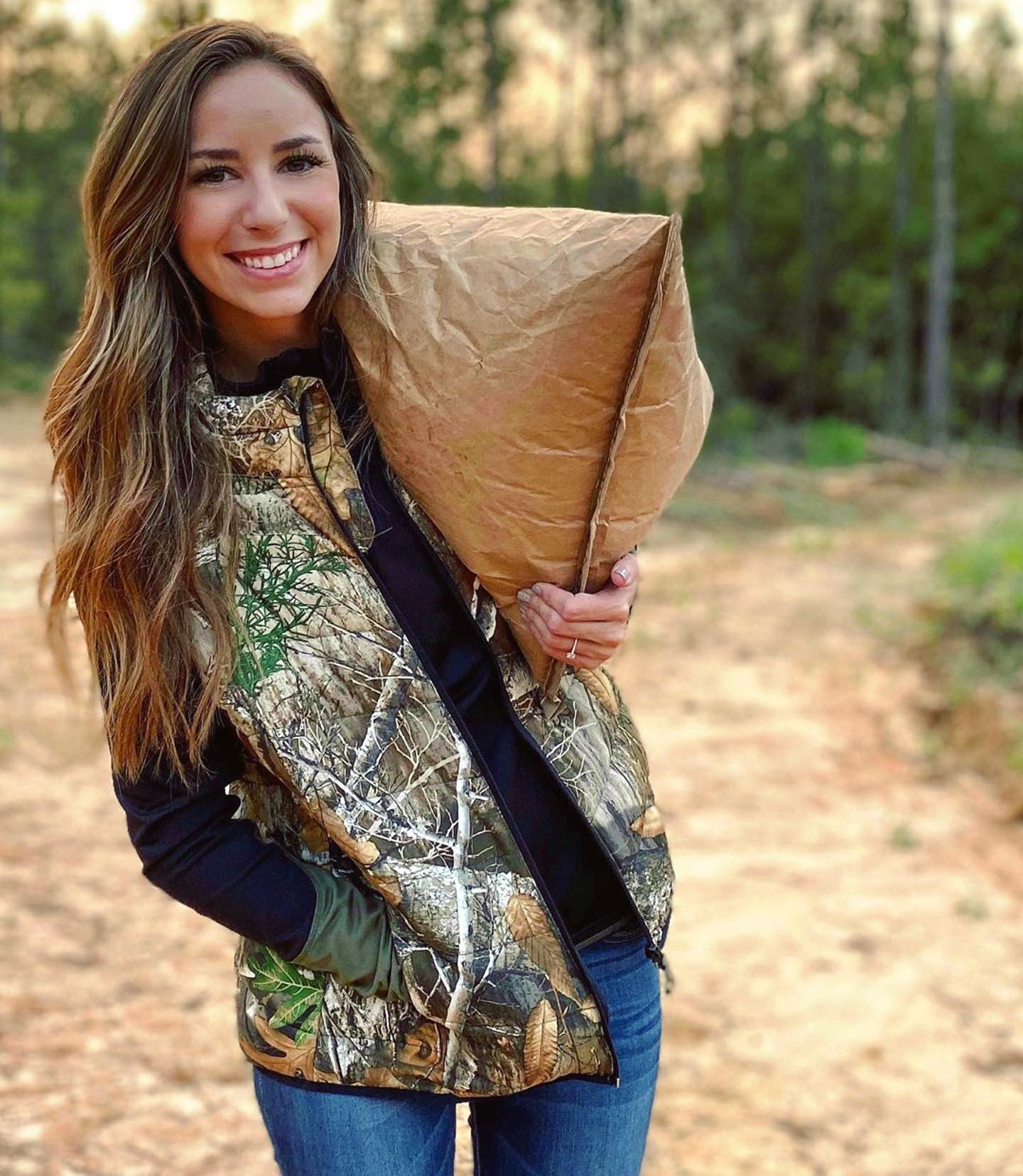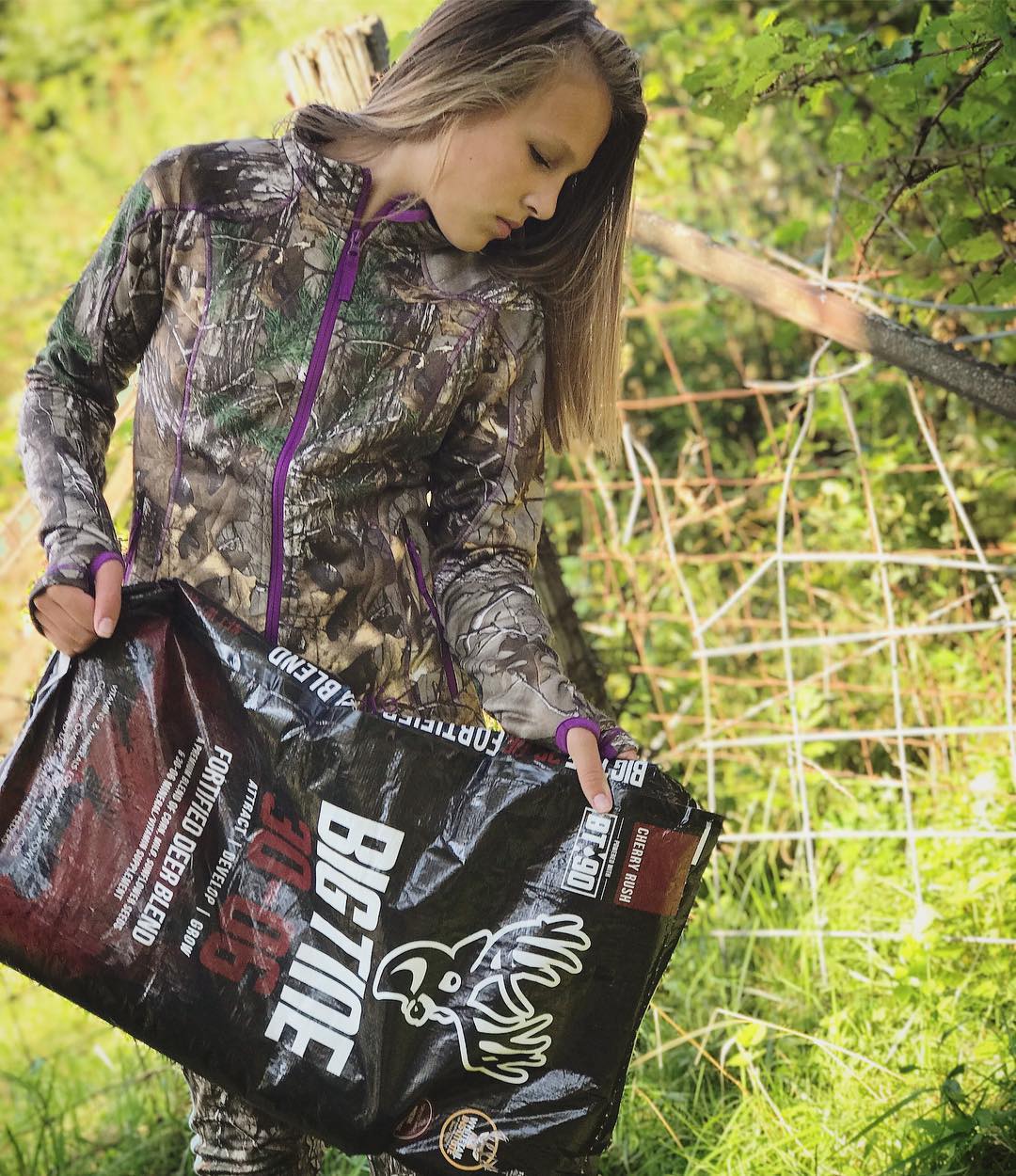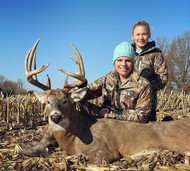How to Plan and Prepare a Food Plot
Posted by Samantha Simma on May 12th 2021
For landowners, managing a food plot is practically essential to maintaining a healthy deer population directly on your property. With some careful planning, preparation, and execution of your food plot (not to mention, management!), you can play a role in taking down a home-grown buck come hunting season.
Food plots enhance the natural habitat for deer, enabling them to achieve their maximum body and antler mass through high quality nutrition. Many rely on fall food plots, but there’s no reason to not support the deer through the warmer months as well. After all, spring and summer can be stressful times for deer. Even if natural food sources appear plentiful, soaring temperatures and droughts can reduce the moisture content, and thus the quality, of those sources. All this during a time when bucks are growing their antlers and does are caring for fawns.

Planning
When you’re first establishing a food plot, do what you can to be strategic about its placement and configuration. Keep in mind that the size of your food plot(s) will determine the time and budget you must invest to properly maintain it, but that a smaller plot will sustain less deer. When choosing a location, consider the potential plot’s location in proximity to the things deer require to survive: shelter, water, and food. If all three are in adequate supply, your land can support deer all year round.
As you’re determining the location for your plot, consider where water sources, bedding areas, and nearby food sources are located. You’ll want to place your plot along travel paths between all three. Near wooded areas is ideal, providing those big bucks with cover and a place to put your hunting stand. Think ahead to where you’ll be hunting from in the fall, given the area’s topography, wind patterns, and stand access points. Look for heavily trafficked game trails, as it’s hard to get deer to deviate from a path they’re already accustomed to. Finally, consider that deer will generally feed on larger plots at night during hunting season, but that they’ll feel more comfortable venturing onto small plots tucked away in the timber during daylight hours.
Preparation
Once you’ve picked the spot for your plot, it’s time to test the soil. Soil samples can be sent to your county extension office, or you can get a test kit from organizations like the Whitetail Institute. The soil test tells you about the soil’s pH levels, which determine how much lime (if any) you need to spread on your plot before planting. It will also reveal what type of fertilizer you need. Armed with this information, you can purchase the lime, herbicide, and equipment (spreaders and sprayers) you need to prepare the plot for planting.
Your preparations of the plot will include eliminating the soil competition from grasses and weeds. Use a combination of herbicides and turning over the soil. Whether you use a disc or till the topsoil, breaking it up loosens the soil for planting and helps prevent grasses from reestablishing. After that, you’ll apply lime to the soil, allowing it time to raise the soil’s pH to optimum levels. Lime can also be added in the fall, readying the soil for spring.

Planting
Sowing a successful food plot takes more than tossing some seeds on the ground. It’s good to aim for a variety of crops on your plot—both in terms of nutritional diversity for the deer and plants for different growth periods. For these purposes, seed blends provide a great variety, and they are specifically engineered for deer food plots.
When it comes to plants, there’s great debate about perennials versus annuals. Really, what to plant really depends on your area and its climate. In general, the following is true: when properly maintained, perennials like clover, alfalfa, or chicory will cut down on planting costs as they return each year. Meanwhile, annuals like turnips, radishes, and peas are all highly attractive to deer. If you’re able to get a seed mix that includes both, know that annuals will grow faster than the perennials, which need some extra time to establish themselves. In the years that follow, perennials will provide some insurance on your food plot—greening up in the early spring (weather permitting) and providing protein even before native plants produce. In the northern states, they can provide through the summer, but in warmer climates they may go dormant during the hottest months.
During those hot months, or periods of draught, cowpeas, soybeans, and lablab will continue to produce large amounts of food and are high in protein. Heartier brassicas provide dual foraging opportunities—as deer will eat both the lush leaves, as well as the roots, which can survive those early snowfalls in the north. Not only do deer love them, they nurture the soil as well. Finally, cereal grains like wheat, oats, and rye don’t take up much room, and provide some diversity to your plot’s offering.

The following are some common crops to consider:
Annuals (cool season): wheat, rye, corn, chicory, ryegrass, oats, or crimson clover.
Annuals (warm season): cowpeas, soybeans, sunflower, Alyce clover, or buckwheat.
Perennials: Durana clover, Ladino clover, alfalfa, Alsike clover, or red clover.
When you’re ready to get down to planting, it’s most ideal to plant when the soil is moist and rain is expected. While most seed blends will give you suggested planting windows, generally, perennials are planted in the spring, while fall annuals are planted mid-summer to fall. You’ll want to spread the seeds over your plot, and then immediately drag the plot or lightly bury them. After that, it’s time to fertilize.
In conclusion, do your research about what plants will perform best in your area. Beyond that, paying attention to these tips on how to plan and prepare a food plot will hopefully result in a lush, nutrient-dense food source for deer. Over time, record the actions and results of your plot, so that you can continue to learn about what works and what doesn’t, modifying your plot along the way as needed.

